Powering electric cars: the race to mine lithium in America’s backyard
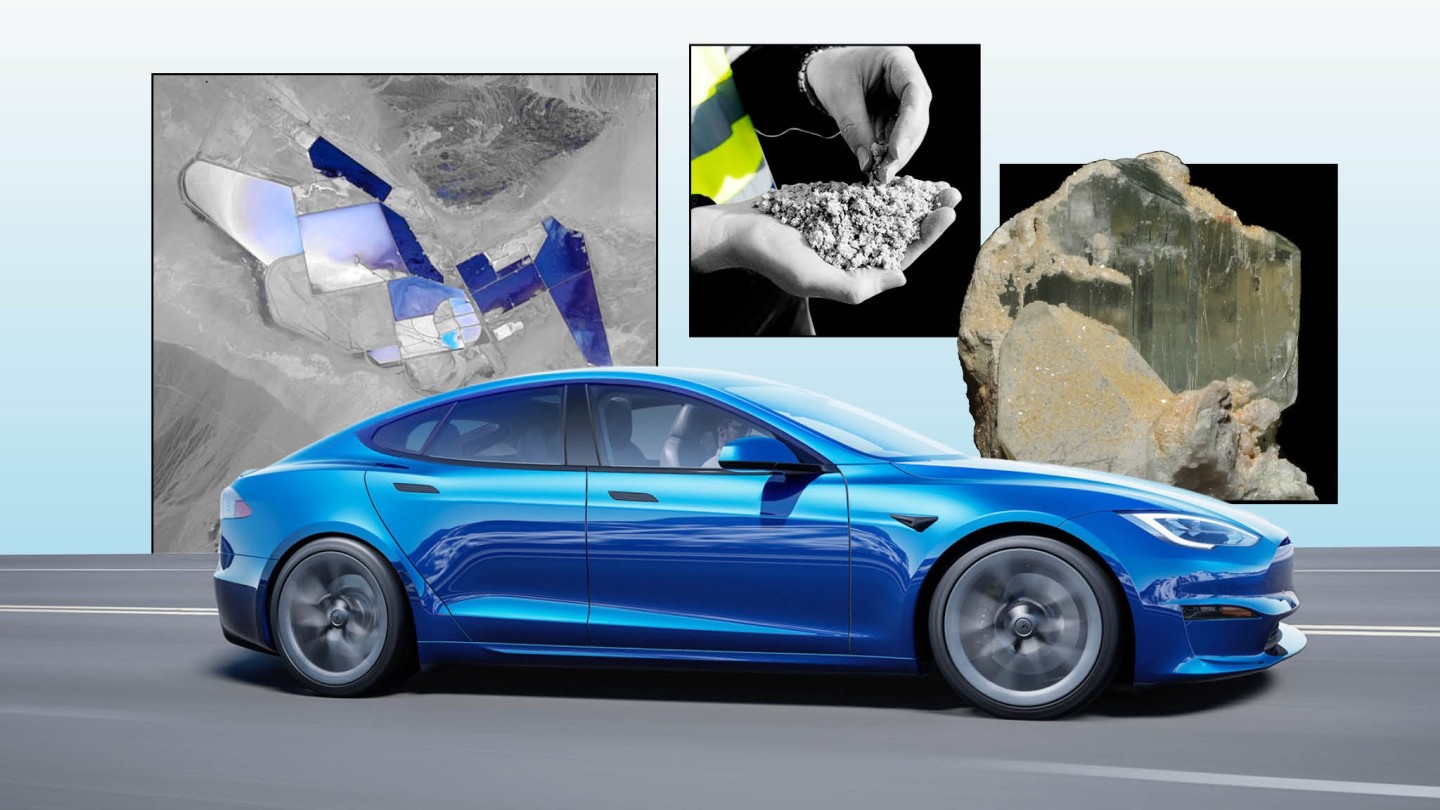
Simply sign up to the Mining myFT Digest -- delivered directly to your inbox.
At his small red brick farmhouse home near the Catawba river in the rural Piedmont region of North Carolina, Brian Harper is caught up in the dilemma facing America’s big push towards a future powered by green energy.
Running in a band beneath the soil close to Harper’s land lies America’s biggest deposit of spodumene ore, a mineral that when processed into lithium is crucial to building rechargeable batteries of the kind used in electric vehicles.
Seeing the business opportunity in this fast-growing area, Piedmont Lithium, a mining company originally incorporated in Australia, began knocking on the doors of the old houses surrounding a roughly 3,000-acre site several years ago, offering to buy up land so that it could start drilling a large pit mine to extract the mineral.
With the International Energy Agency projecting a boom in demand that vastly exceeds planned supply in coming years, Piedmont found no difficulty pledging future sales of lithium to Tesla, America’s poster-child electric car company, even before they secured all of the necessary mining permits.
But while it has successfully bought up some parcels of land, Piedmont Lithium has run into staunch opposition from many of its potential new neighbours, including Harper, who runs a small business making cogs and gears for industrial machinery just a little down the road from the proposed new mine.
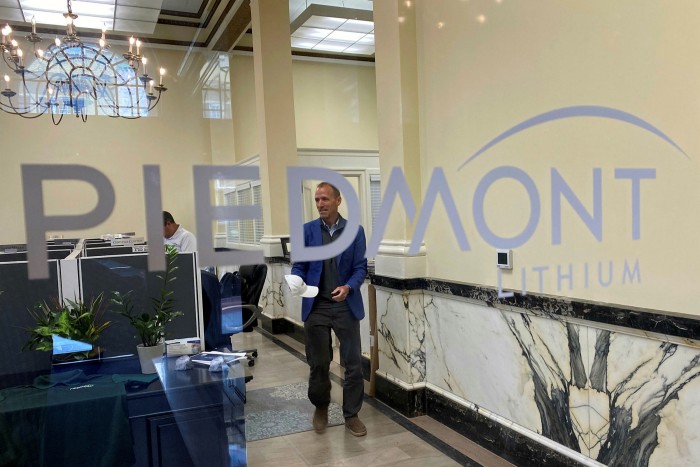
“When they start blasting and the floor is shaking, there’s no way my machinery will be able to function properly,” says Harper. In keeping with almost every home on the rural country roads running around and through the proposed mine site, Harper has a small picket sign in his front garden displaying a red stop sign and in large font, struck through with a red line: “Gaston County Pit Mine”.
Others spoken to by the Financial Times argue that a hard rock mine of the size that Piedmont proposes would cause light, noise and dust pollution, as well as contaminate their water supply with poisonous runoff materials.
Many of the houses surrounding the site of the proposed mine are not connected to a municipal water system, and instead extract their drinking water from wells, compounding worries that any accidental runoff or contamination of groundwater from the mine would poison their water sources.
Piedmont Lithium says the company has “several” noise and dust mitigation plans in place, including limiting the number of trucks being used. It pledged to keep hazardous water out of surface water creeks, streams and the groundwater, and to monitor water quantity and quality in local wells. “If we become aware of any issue with local wells, it will be corrected,” the company says.
Piedmont has argued in public meetings that its new mine, which would be accompanied by a processing plant, would bring new jobs to the area.
But the company’s plan to launch one of the first big new lithium mines in decades, and only the second operational lithium mine in the US at present, has already fallen behind schedule. Construction was meant to be under way by 2020. As of May 2022, it has yet to apply for all of the permits it needs to break ground.
The US electric vehicle battery industry is central to President Joe Biden’s plans to create a greener, more innovative economy, and his administration is determined to expand domestic mining of the minerals on which green technologies rely. At the end of March, it invoked the Korean-war era Defense Production Act to free up more money to be used to assist in the domestic mining of lithium, cobalt, nickel, graphite and manganese.
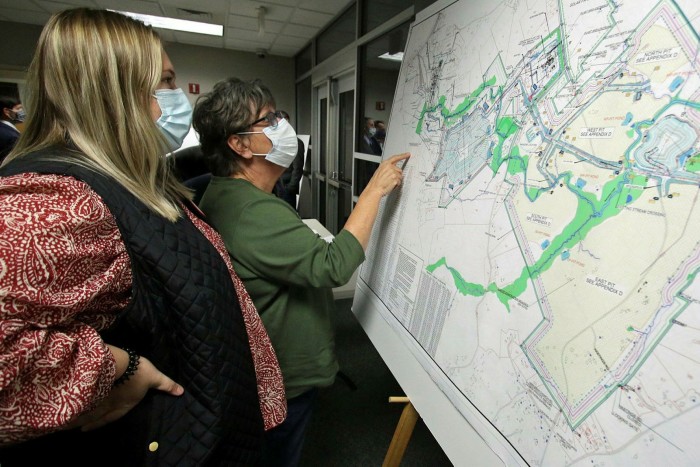
But lithium represents perhaps the greatest opportunity for the US. The International Energy Agency named lithium as the mineral for which there was the fastest growing demand as the world transitions from oil and gas to a green energy grid. If the world is to meet the global climate targets set as part of the Paris Agreement, at least 40 times as much lithium will be needed by 2040 compared with today.
The US holds about 8mn tonnes of lithium, according to the US Geological Survey, putting it in the top five most lithium-rich countries in the world. Yet it mines and processes only 1 per cent of global output. Much of the rest comes from China, Chile and Australia.
As the US attempts to surge ahead in the global race to build batteries that will power the green transition, Washington is encouraging companies such as Piedmont to break ground on more mining projects across the continental United States. But it also wants to ensure state regulators, environmental activists and local communities are not left behind in the rush.
America in the race
The explosion in the electric vehicle market has set off a “battery arms race”, according to Simon Moores, chief executive of consultancy Benchmark Mineral Intelligence, which specialises in data on lithium ion batteries.
Battery manufacturers will be trying to source the raw minerals needed to make batteries, including cobalt, nickel, graphite and lithium. Yet while scientists are having early success developing batteries that do not need cobalt or nickel to function, there are so far no leads on eliminating lithium. According to Moores, “lithium is the one that terrifies the industry”.
The IEA says more than 80 per cent of the world’s lithium is mined in Australia, Chile and China, which alone controls more than half of the world’s processing and refining. The US has a single open lithium mine, in Nevada, and imports the majority of its supply from Argentina and Chile.
The US’s willingness to allow its manufacturing to take place overseas has attracted criticism. “America has, I would say, at the altar of the big fossil fuel companies, given up being technologically innovative when it comes to energy,” says Emily Hersh, an analyst at consultancy DBDC Group, and the chief executive of a company undertaking a lithium brine exploration project in Nevada.
“We outsource everything for slightly lower costs,” says Hersh. “We have punted the supply chains behind the technology we use and love to cheaper jurisdictions, or jurisdictions without stringent environmental policy, so that we can get them cheaper and faster.”
In 2018, then-president Donald Trump issued an executive order aimed at breaking the US dependence on minerals from abroad, especially from China, declaring a “national emergency” that would theoretically open up funding for domestic mining and processing.
The supply shortages of the Covid-19 pandemic prompted Washington to pay even closer attention to the security of its critical imports. After Biden took over the White House, in early 2021, he ordered a further review of critical supply chains for a whole host of imports deemed important to national security, including minerals, pharmaceuticals and computer chips.
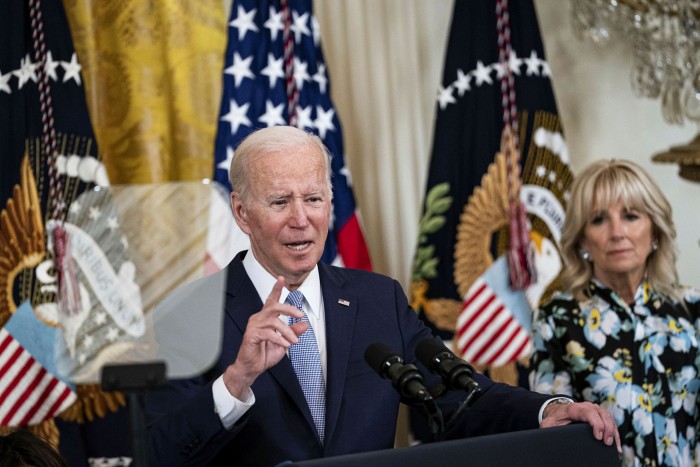
Later that summer, the US Department of Energy released a blueprint specifically aimed at reviving the US’s battery supply chain, including securing access to the raw minerals needed to make batteries by incentivising “safe, equitable and sustainable” domestic mining, and investing in processes to recycle dead batteries to re-use the minerals they hold.
The DoE noted that China dominates the supply chain for the manufacturing of lithium batteries, including the processing of minerals. Biden’s infrastructure bill has made billions of dollars available to help boost American processing of minerals needed for batteries.
While there is only one operational lithium mine in the US at present, a number of companies are pressing to get mining projects operational. Lithium Americas is planning a mine at Thacker Pass in Northern Nevada, while Australia-based Ioneer USA Corp also wants to build a large mine in southern Nevada, about 530km north of Los Angeles. Several other companies are proposing projects that would extract lithium from geothermal brine, including one at California’s largest lake in Salton Sea.
In Washington, both Democrats and Republican lawmakers have said they would support updating the federal law dated from 1872 that governs mining on American public lands. Lawmakers variously want to boost US mining capacity and insert more robust environmental protections. While that law does not apply to the Gaston County mine, which is being earmarked for privately owned land, it would affect the vast majority of potential mines in Nevada.
The explicit support for hard rock mining has attracted criticism from environmentalists, who argue that the government should focus its efforts on recycling initiatives.
Lauren Pagel, policy director at Earthworks, an environmental advocacy group, says the US must get “serious about responsible sourcing of clean energy minerals”.
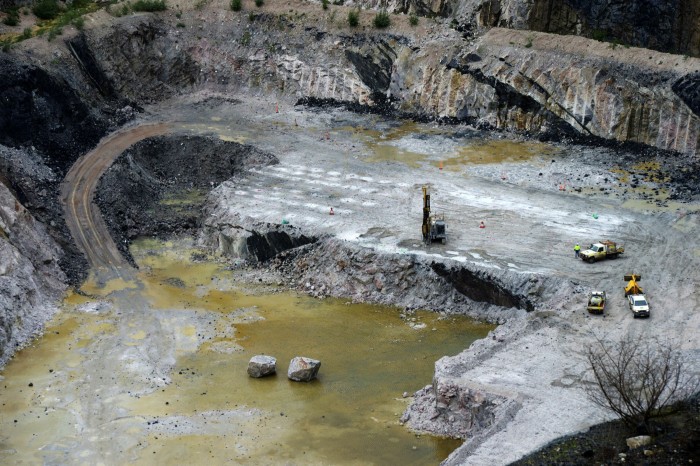
Earthworks has said the growing demand for minerals should be addressed by better recycling initiatives, and that it should update the country’s mining laws to make sure they protect the environment and surrounding watersheds. “The clean energy transition cannot be built on dirty mining,” she says.
White House officials have said triggering the Domestic Production Act would not allow mining companies to bypass or expedite any permitting or environmental review processes.
Digging a hole
In North Carolina, Piedmont is still trying to get past stage one. The company first began acquiring land for its proposed mine in 2016, and has been carrying out some initial drilling to establish the presence and quality of the potential lithium.
By mid-June 2020, the company said it owned or had agreements on approximately 2,126 acres of property and associated mineral rights in the area. That September, Piedmont announced it had struck a five-year deal with Tesla and was set to supply the carmaker with spodumene concentrate, the material that would be extracted from the mine and processed into lithium. Late that year, it announced it would redomicile itself from Australia to the US.
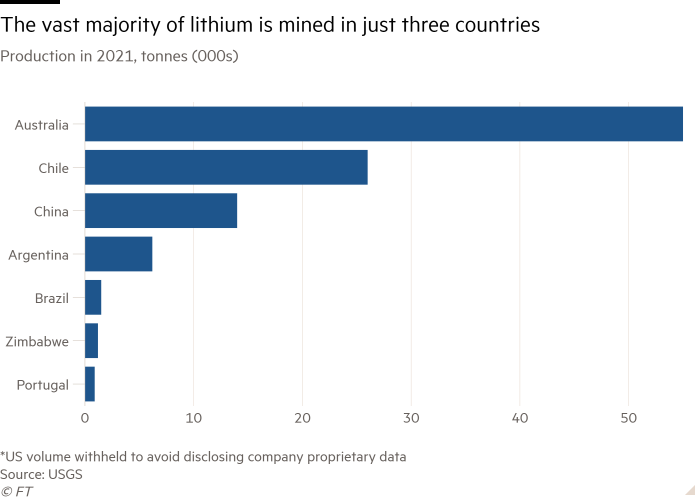
In an SEC filing, Piedmont said the deal would see Tesla receive about 53,000 tonnes of the material a year for five years, with the first deliveries beginning between July 2022 and July 2023.
But Piedmont has yet to obtain permits to begin mining. The permitting process for hard rock mining on private lands involves getting permission and passing environmental checks made by state regulators, as well as obtaining local county land-use permits in Gaston County.
The company’s ambitious proposals have sent local officials in Gaston County scrambling to update their decades-old mining regulations, which did not envision a mine of the type and size that Piedmont wants to build. As they reviewed and updated their rules, they put a moratorium on new mining.
“We basically needed to get our house in order,” says Chad Brown, a Gaston County commissioner who will be one of those considering a permit application from Piedmont, who said regulations were tightened to make sure that the mining did not occur at unsociable hours, for example.
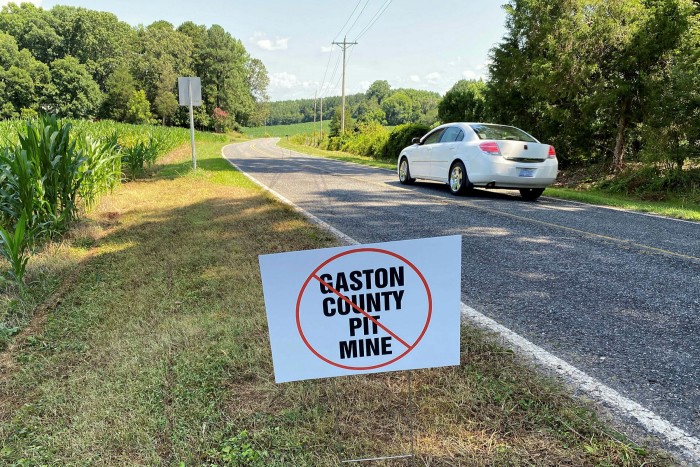
In August 2021, Piedmont said it would have to delay its first shipments from its proposed mine to Tesla. In a statement to the FT, the company says it is continuing to work diligently with state mining officials towards the finalisation of its state mining permit, and providing regular updates to Gaston County commissioners as it prepares to apply for the mining permissions that the county oversees.
But people who live and work near the mine say the company has not been as communicative with them about their concerns. Brian Harper says that although the mine would destroy his business, he has not been directly contacted by Piedmont Lithium. He has raised his concerns with them in multiple public meetings, he says.
Piedmont says it had “noted Mr Harper’s concern” and “discussed . . . the best course of study about whether the project will have any impact on his business” with its engineers.

“We are committed to being a good neighbour, a good steward of the environment and a good employer, and we will reach out to Mr Harper — and all our neighbours — to have further conversations as we move forward,” the company says.
Just a few minutes’ drive down the road from Brian Harper, Eric Carpenter’s family owns about five acres of land, including the home of his 85-year-old mother. “My family is not interested in selling to Piedmont,” says Carpenter. “They’re telling us: ‘sell, or we’ll mine around you’.”
Piedmont says this comment did not “reflect our mission or values”.
The Carpenter family, along with others, name the potential pollution of their water sources as a top concern. Eric Carpenter has written to his local politicians to request a moratorium on large mining projects until the 1971 state law governing mining in North Carolina can be updated, but was not able to secure any moratorium.
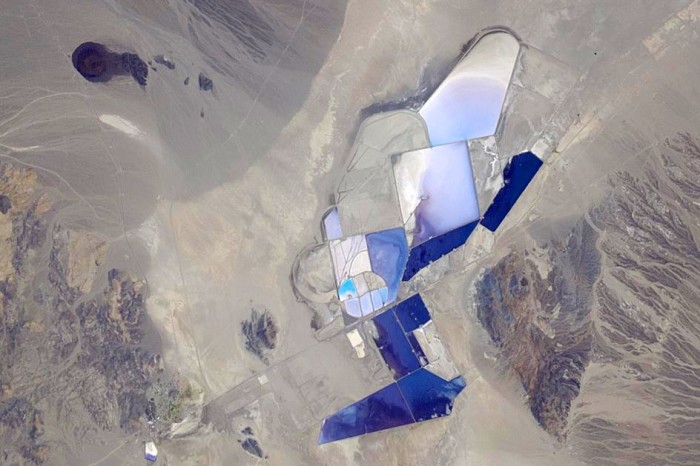
Lisa Stroup, a biologist who has worked for another minerals company, FMC Lithium, has written pages of detailed notes to North Carolina state authorities in response to Piedmont Lithium’s permit application and lab testing to express concerns about the sample sizes and potential for toxic mining waste.
“One of the big frustrations I have, one that makes me very fearful, is that the state is not giving this careful consideration,” says Stroup. “We are in a community that is already overburdened. People have said to me that if they’re made to tap into municipal water — I can’t afford it so I’m gonna have to just drink the water.”
Piedmont says its lab testing and other studies are part of a “rigorous permitting process” and are being conducted by experienced and well-regarded scientists, hydrogeologists, engineers, and other experts in accordance with best practices and the standards set by the state and federal authorities.
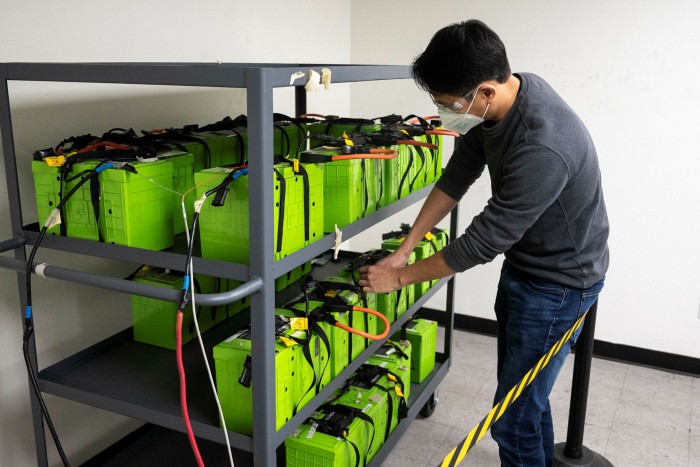
Brown and other county commissioners who hold the fate of Piedmont Lithium’s local permits in their hands have been sceptical about the company’s approach so far.
But Brown says that he hopes to be “as middle of the road as I can”. “I want to give them due diligence and hear what they say, and also answer the questions of the naysayers,” he says.
“If it’s just about money, [the mine] is the greatest thing, because it brings jobs and brings money and brings glorious things,” Brown says. “But it’s not just that, it has to do with the environment, the quality of life for the people who are surrounding it.”
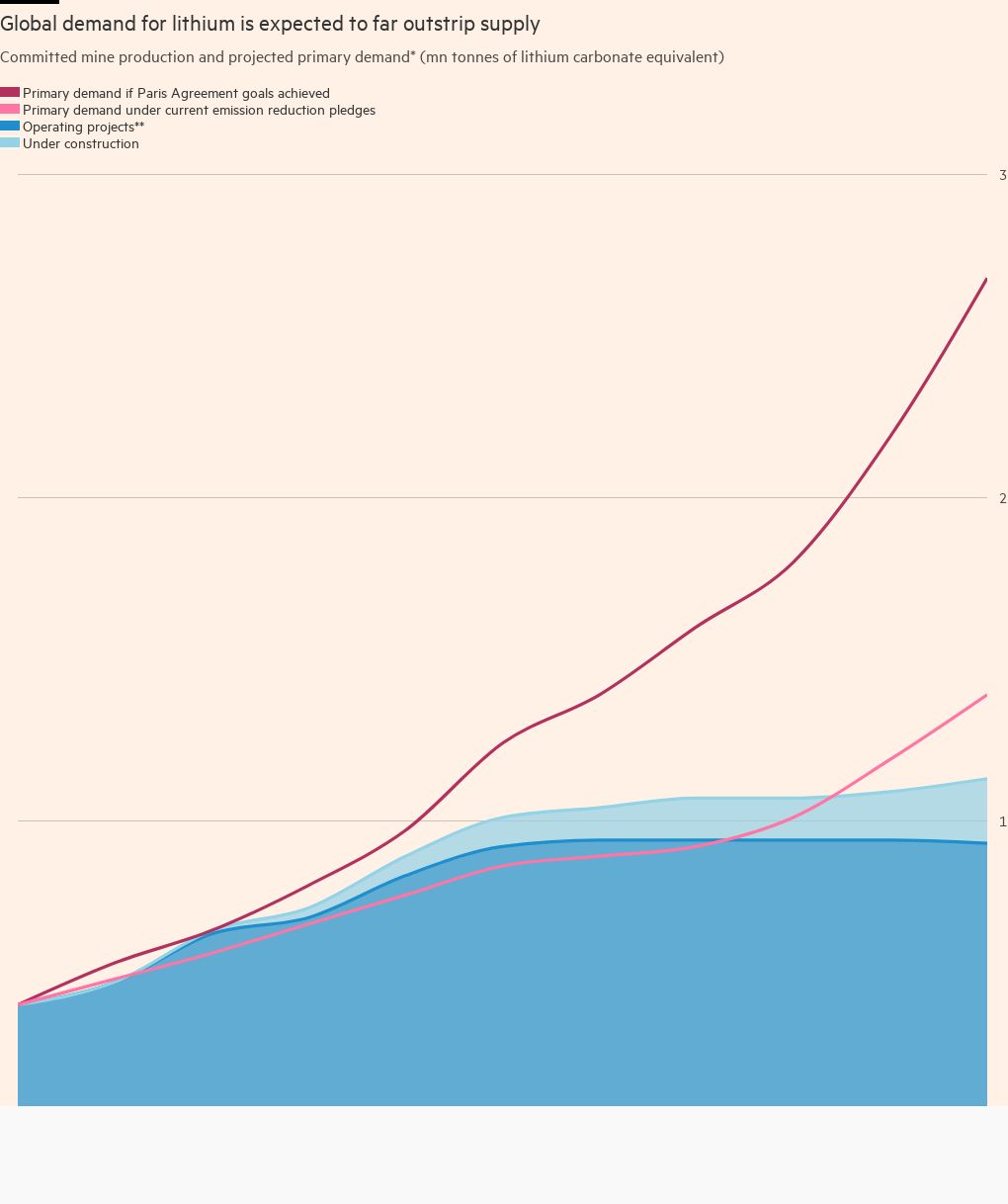
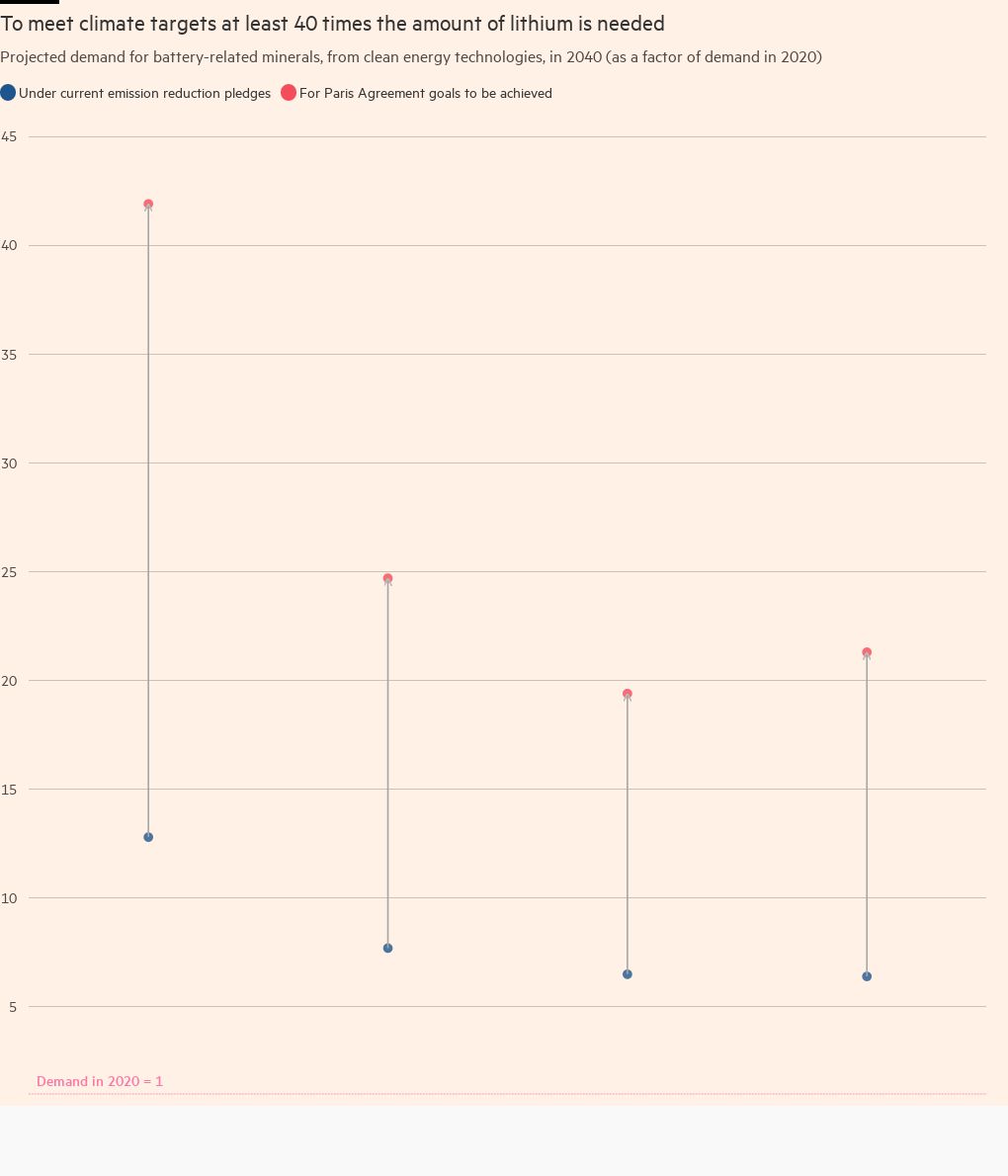
Comments